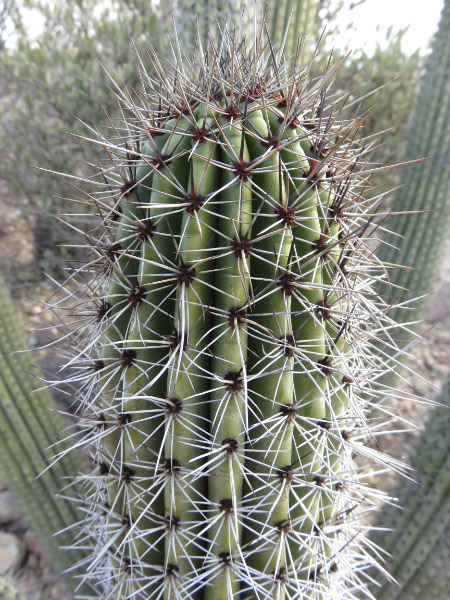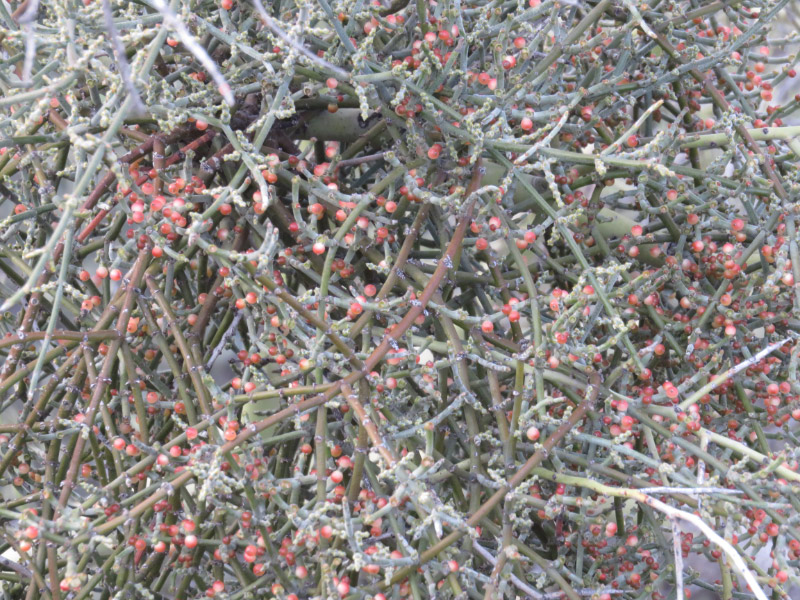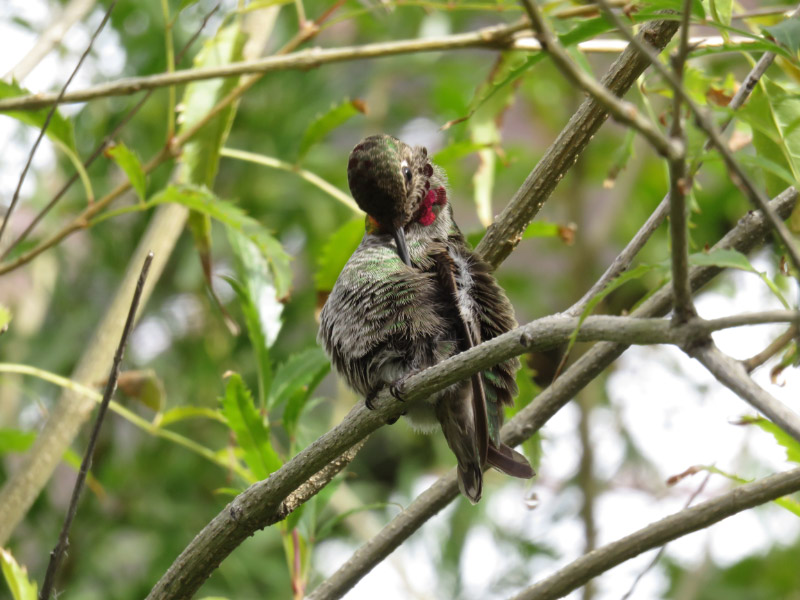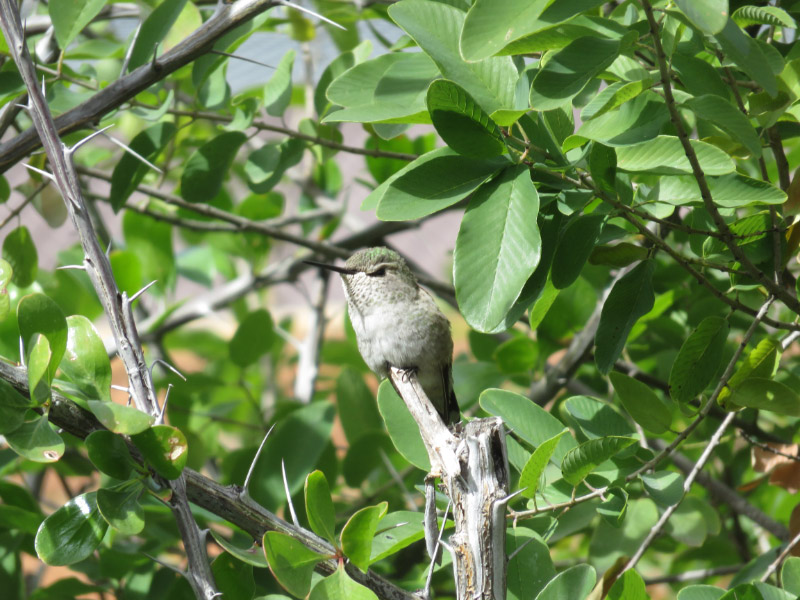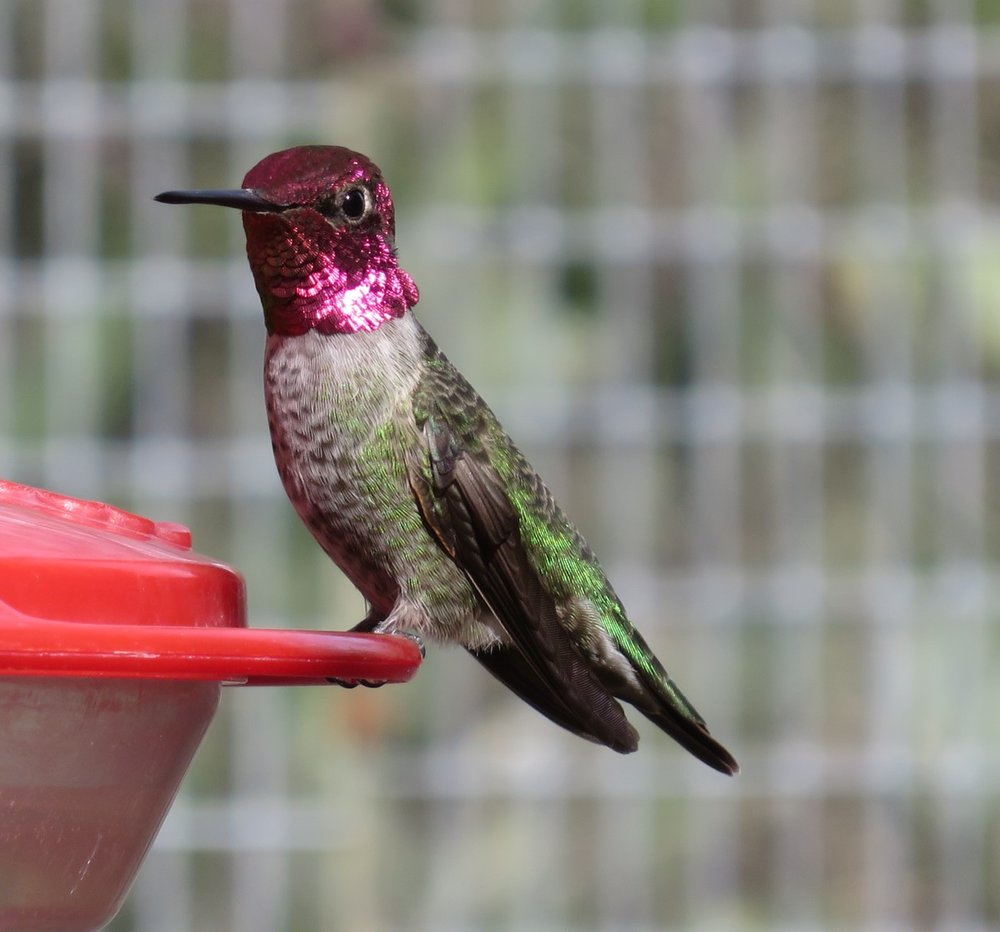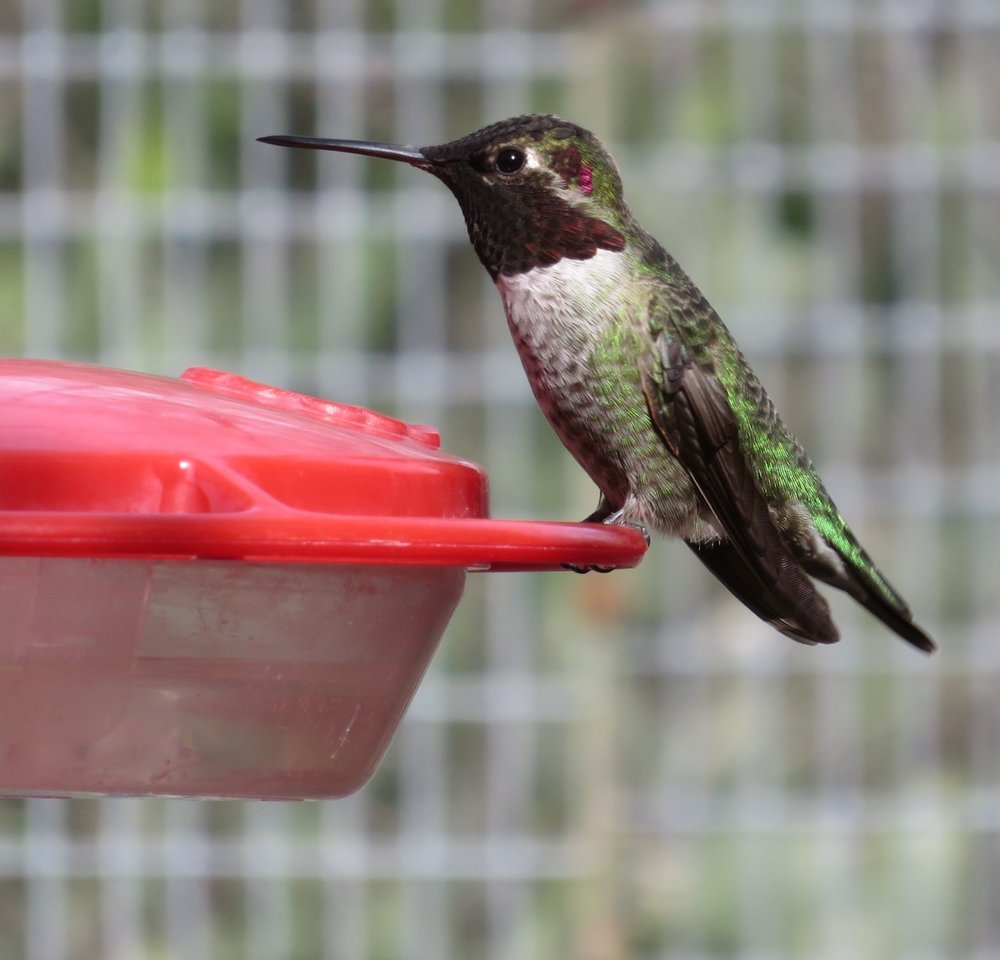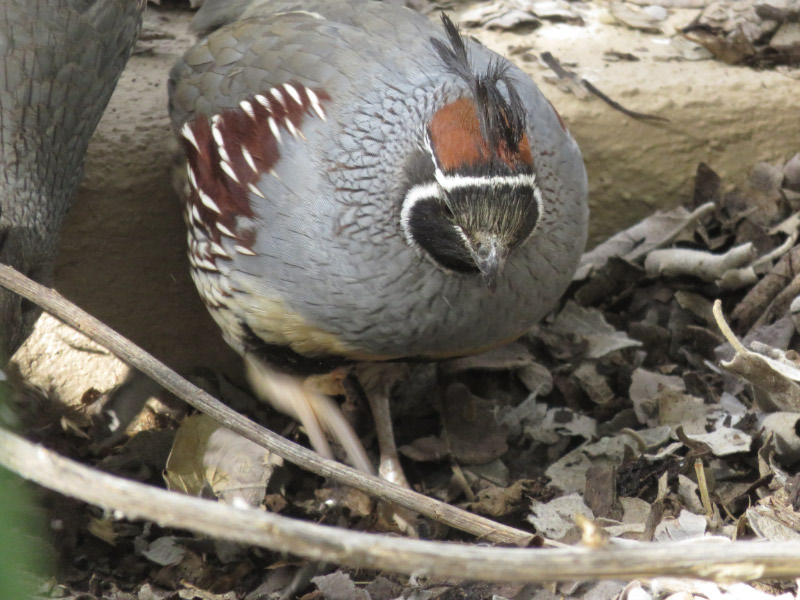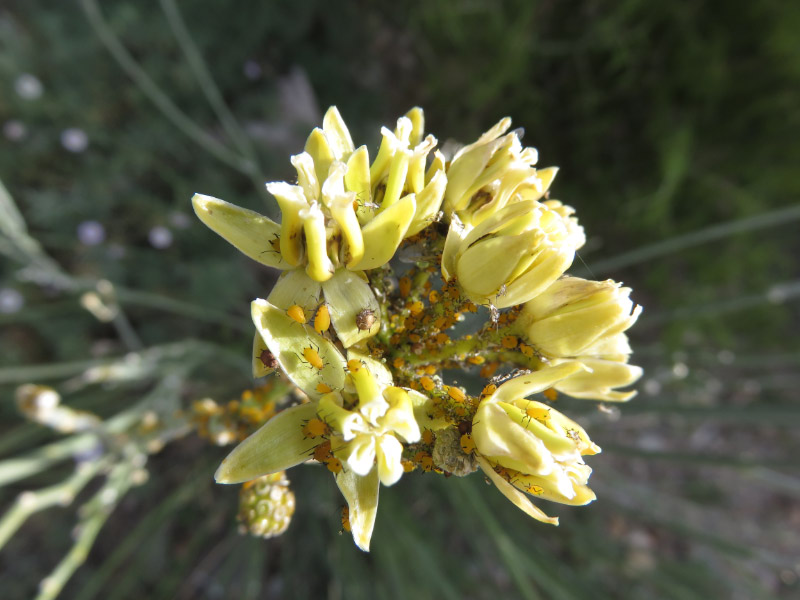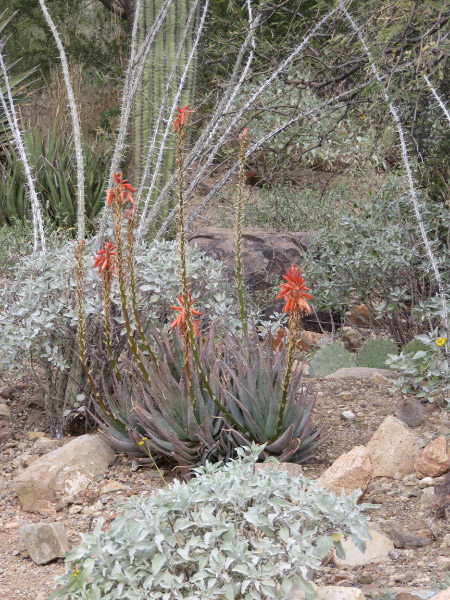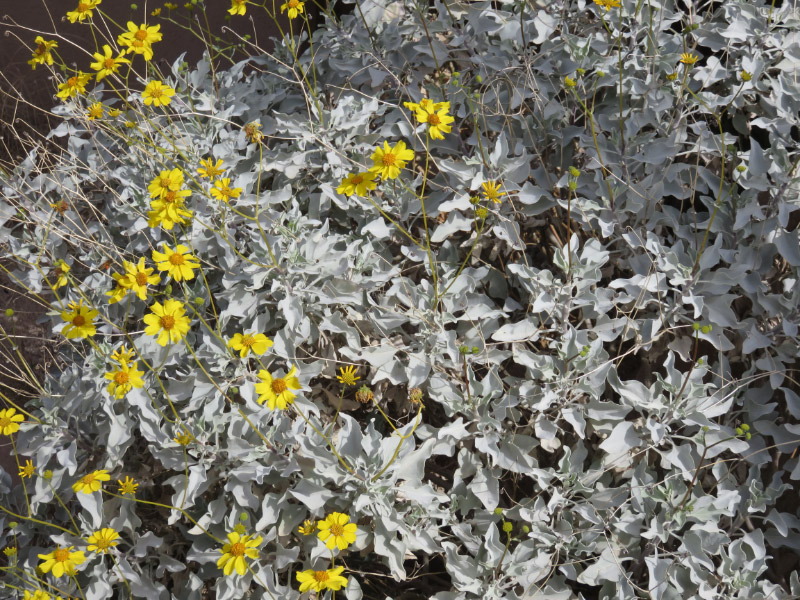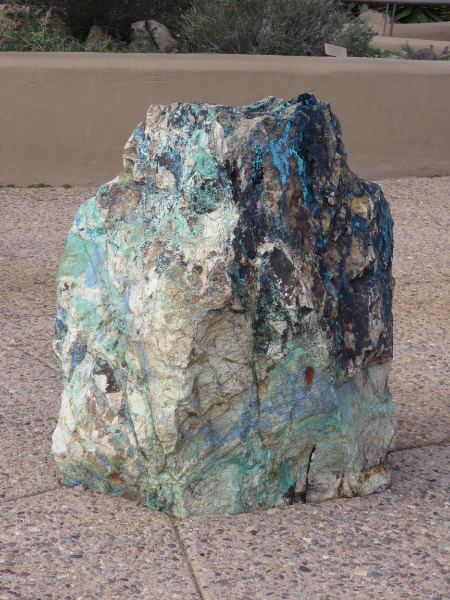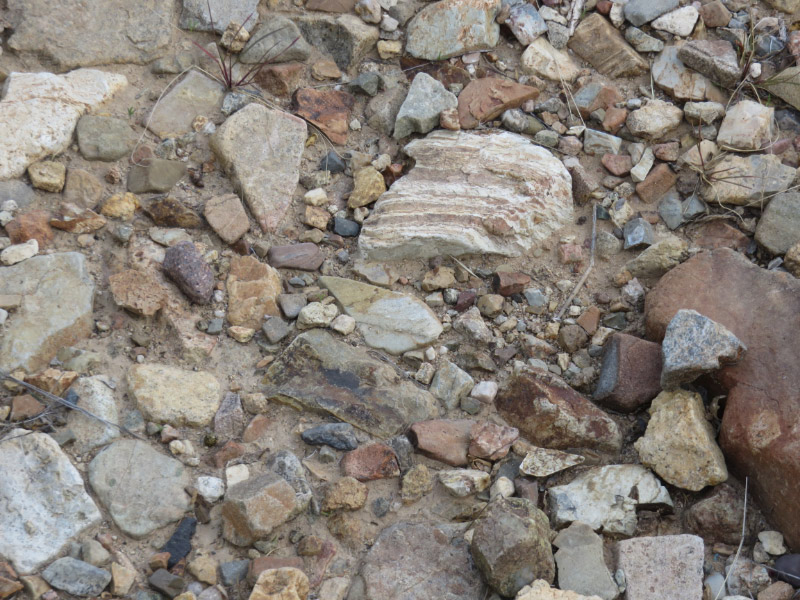Natural History of a Place
/I went to Belmont Manor and Historic Park in Elkridge, MD frequently enough over the past year to observe it in every season. Last summer a large English Elm on the front lawn of the Manor had to be cut down (Dutch Elm Disease). I took this picture shortly before it was cut down - the picture taken from an angle that the dead part of the tree didn’t show too much. A month later the tree was gone, the stump and exposed roots dug out, and new sod put over the wound. A month later and it was hard to tell where the tree had ever been. The episode stirred some thoughts about the natural history of a place and the significance of our actions on that.
The English Elm was planted – a non-native to North America. Whoever made the decision to plant an English Elm may have been wise in the end because this one lasted longer than most of the American Elms against Dutch Elm Disease.

The pond further down the hill was probably dug in the 1980s. It was probably always a wet area. There was probably a vernal pool there in spring. Lots of wood frogs would have successfully laid their eggs there and new frogs would have emerged. Now the pond has fish – that eat frog eggs.
In the 1900s – the area in front of the house was open. For some of those years it was pasture for horses. The forest would have been different. At the beginning of the century there might have been American Chestnuts in the forest. They would have been noticeable for their size and their nuts would have been gathered every fall – by people and squirrels (and other animals too). There is no tree that has quite filled the niche of the American Chestnut that was wiped out by the mid-1900s by the Chestnut Blight.
Earlier in the 1800s, many of the trees would have been cut for fuel. There were a lot of ironworks. There were massive erosion events when the forests were cut and the Patapsco River – downhill to the north of Belmont – received a lot of sediment changing it from a navigable river to a shallow, easily flooding river by the early part of the 1800s.
Prior to anything being built on the hilltop where the Manor House is today – the area was forested. The chestnuts were the big tree and the Europeans were impressed by the richness of the life in the rivers.
There is so much that we did not preserve…and that we still don’t quite know how to sustain.


